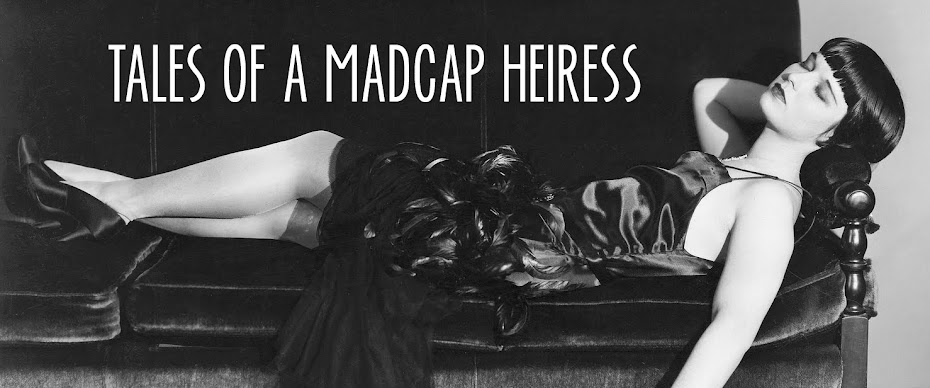Sunday afternoon I decided at the last minute to head over
to the New York Historical Society to see the exhibit “Swing Time: Reginald
Marsh and Thirties New York,” and I’m so happy that I did.
Through colourful, crowded paintings as well as prints and
photographs, Reginald Marsh (1898-1954) captured New Yorkers, specifically
working class New Yorkers, in all their glory and grittiness—shop girls,
sailors, burlesque performers, subway riders, hustlers, bums. His paintings,
which sometimes bring to mind the photos of Weegee (who is represented in the
exhibit along with some of Marsh’s other contemporaries), are filled with
overblown characters, often with exaggerated bodies and features. Like
the city they call home, they are brash and bold.
Walking through the exhibit, one gets a peek at different
aspects of city life. There is the hustle and
bustle around 14th Street with its shops and elevated train (his
office was nearby in Union Square) as well as forms of entertainment from movie going (a favourite image of Marsh's) to frolicking at Coney Island. And then there's an exploration of the city’s nightlife.
We’re not talking the opera here but dance halls and burlesque houses. In “Harlem, Tuesday Night at the Savoy,” Marsh shows
blacks and whites dancing together, their bodies practically spilling out of
the painting while in "Star Burlesque" a lone dancer looms over the crowd of leering men like a queen surveying her subjects.
What’s most striking about the exhibit is the large number
of paintings depicting the working woman—whether at the office or after hours.
Marsh seems to have had a fascination with these women. During the 1930s, women
in the workplace were becoming more common as was the idea of the single, working woman. Yet Marsh does not glorify them. In "Hudson Bay Fur Company" the women modelling in the window of the fur store resemble burlesque dancers, a fine line drawn between the two professions, while in “A
Paramount Picture” a woman stands beneath a poster for Claudette Colbert in Cleopatra, an obvious juxtaposition
between the glamorous Hollywood goddess and the tired, working woman below.
Throughout all of the works is a sense of movement, of a
city never standing still. Marsh managed to capture a particular time in the
city, one that we know primarily through old black and white movies and
photographs, in a way that helps bring New York in the 1930s to life.
“Swing Time” is on display only through September 1, 2013.
If you’re around, try and see it this weekend. For more info, visit here.



No comments:
Post a Comment